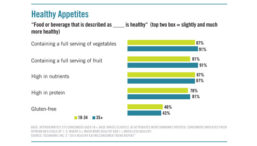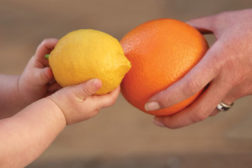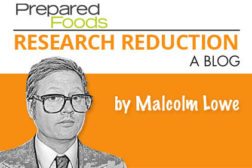Home » consumer trends
Articles Tagged with ''consumer trends''
Room to Grow, Organic
American consumers have not had their fill of organic products yet.
June 12, 2014
The Snacking Shift
Research by the Hartman Group finds U.S. consumers snacking more, dining alone more and eating more food on the run.
May 11, 2014
Growing Yogurt
Yogurt is now a double-digit growth category for many foodservice operations.
December 9, 2013
Unlock the Future of Food and Beverage Innovation
Are you a leader in research & development? Stay ahead of the curve with Prepared Foods, the premier source of information and insights for today's trend leaders and taste-makers in food and beverage manufacturing.
JOIN TODAYCopyright ©2025. All Rights Reserved BNP Media.
Design, CMS, Hosting & Web Development :: ePublishing





